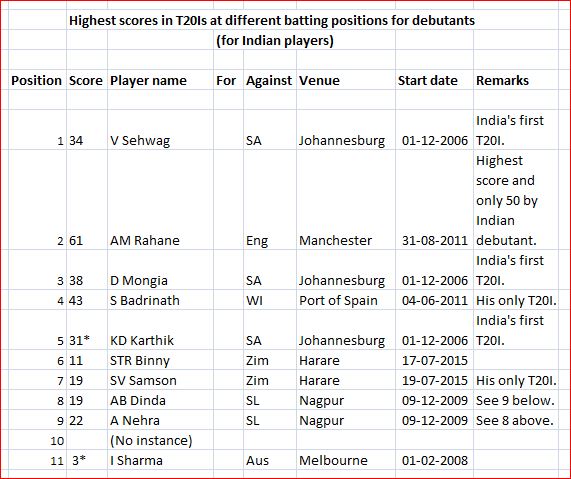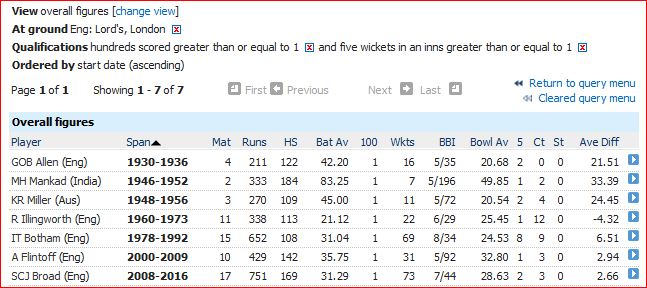We have all heard of the train to Darjeeling, but there was more to it than the single line from Siliguri to Darjeeling. This should be apparent from these timetable extracts from 1943. These are not from the Bradshaw which had rather poor print quality, but from another source (more about that later).

First, this is an extract from the Bengal & Assam Railway. See its logo showing that it was founded in 1942. This was an emergency measure following the outbreak of World War 2 in Asia. The old stalwarts Eastern Bengal Railway (HQ in Calcutta, main station Sealdah) and the Assam Bengal Railway (HQ in Chittagong) were merged to form the B & A Railway to make it easier to manage rail transport east of Calcutta. Essentially the running of the railways was taken over by the US armed forces.
Of course, the B & AR was broken up after partition and its tracks are now spread over the present Sealdah division of ER, the NFR, and Bangladesh Railways.
Now we look at the timetables of the DHR. These lines were not part of the B&AR, but it was the practice to include adjoining smaller railway systems in the timetables of larger systems.

There are several points here that many railfans may be unfamiliar with. To begin with, this system was the 2-foot narrow gauge unlike most other narrow gauge lines in India which were 2 ft 6 in. Only a handful of 2-foot gauge lines in India survive today, including the mountain railways to Darjeeling and Matheran. The other lines in the plains have been closed by 2022.
The Siliguri station here was the BG terminus where long-distance trains such as the Darjeeling Mail used. It was located at the station now known as Siliguri Town. Note the connection between the Mail arriving at 06.44 and the NG train (also called the Mail) at 06.59, and in the reverse direction when the passengers presumably had their dinner at Siliguri.
The present Siliguri Jn was opened as part of the Assam Rail Link in the late 1940s. It is located near the former wayside station of Siliguri Road seen above. But it is not at the same location.
When New Jalpaiguri (NJP) station was opened in the early 1960s, the NG line was extended south from Siliguri Jn to there passing through Siliguri Town, which had gone from being a major terminus to an unimportant wayside station.
Panchanai Jn was the point where the DHR branch to Kishanganj turned towards the left. There is no sign of it now. There have been various other changes pertaining to loops and reverses. One result of this is that Chunabhati station is no longer on the route. This timetable does not show the numerous halt stations which have mostly vanished without a trace, though Batasia is now a stop for the joyride trains between Darjeeling and Ghum.
Now for the rest of the DHR:

The Siliguri-Kishanganj Extension and the Teesta Valley Extension were built later (dates given below). The Kishanganj line provided a connection to MG trains from Barsoi and Katihar side. Being in the plains, it did not need the special B class engines but used more conventional ones. Apart from the usual 4-6-2s, there was also a Garratt.
This line became the starting point of the Assam Rail Link, enabling MG trains from the Katihar side to enter northern Bengal. Note that many of the stations (including Naksalbari and Baghdogra) became part of the MG line though there were some changes in alignment. For instance, the new MG line went directly from Matigara to the new Siliguri Jn without crossing Panchanai (where the station was demolished).
The Teesta Valley Extension had an unfortunate end. Initially the Assam Rail Link included a new mixed gauge line from the new Siliguri Jn to Sevoke. The existing NG line between Siliguri Jn and Sevoke was abandoned.
Here the TV line turned north while the new MG line crossed the Teesta just east of the station and continued eastward to join the existing MG system at a place which became known as New Mal Jn, and finally to Fakiragram and beyond.
The terminus at Gielle Khola seems to have been known as Kalimpong Road in the earlier days. A ropeway connected Riyang to Kalimpong, and is shown in railway maps of that time.
But this line did not last long after Independence. Severe flooding damage occurred in early 1950 which resulted in the line being closed permanently. Though the tracks ran close to the highway towards Kalimpong and Gangtok, you are not likely to see any trace of the line now unless you take the help of local experts. And the NG line from Siliguri to Sevoke was pulled up as it no longer had any purpose, leaving a pure MG line behind. In the 2000s the entire MG route in this area was converted to BG.
Some historical notes here:

Note the stamp issued in 1982.
The above information is from a nice little booklet called “A guide to the Darjeeling Himalayan Railway” by Richard Wallace, first edition in 2000. There is a more detailed second edition published in 2009.
There is another useful book by R.R. Bhandari which may be available at the bookstall at the National Rail Museum at Delhi.
Numerous other books (mainly of British origin) are also there. Some may be available from bookshops in Kolkata and the Darjeeling area.
Other useful links include:
https://en.wikipedia.org/wiki/Darjeeling_Himalayan_Railway
and
https://abn397.wordpress.com/2015/01/30/railway-history-construction-of-the-assam-rail-link/























